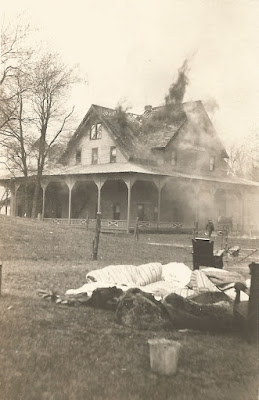Drawdown

It’s inevitable. Thirty feet of water pressing on the face of a dam will gradually cause damage. Ice adds to the strain. Even when a dam is constructed of concrete and steel using the best building techniques, some damage will eventually occur. It is the duty of those operating the dam to assess such damage and determine what repairs are necessary. From time to time these repairs will require that the water in the reservoir behind the dam be partly or even totally emptied. That process is called a drawdown. The current Stillwater Reservoir dam was built in 1922 – 24 and put into use in 1925. It is maintained by the Hudson River - Black River Regulating District, an agency of the State of New York, usually called HRBRRD. I posted a brief history of the Stillwater dams on this blog back on 08/11/21. https://beaverriverhistory.blogspot.com/2021/08/a-brief-history-of-stillwater-reservoir.html A more complete account appears in Chapter 8 of my book Beaver River Countr...




